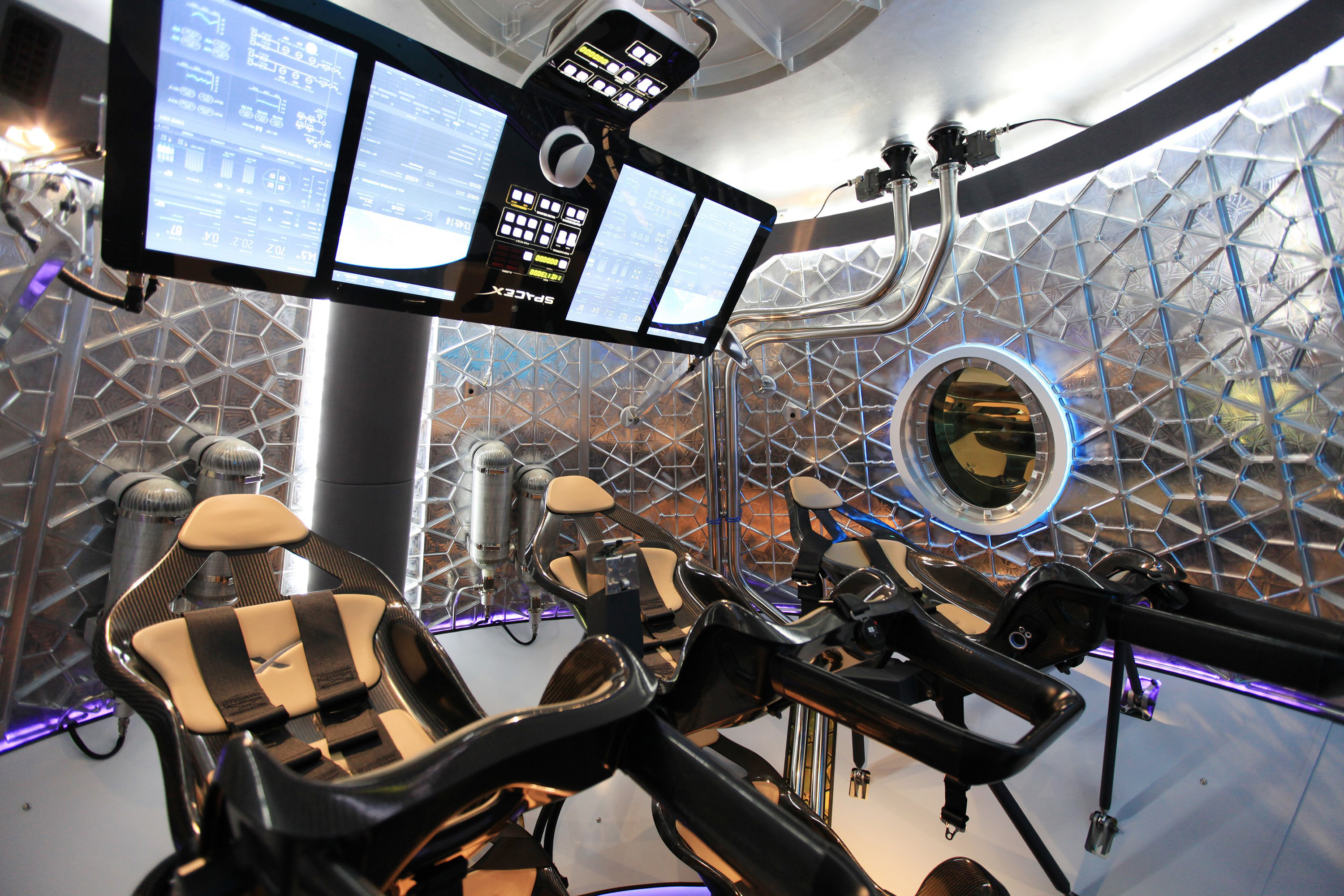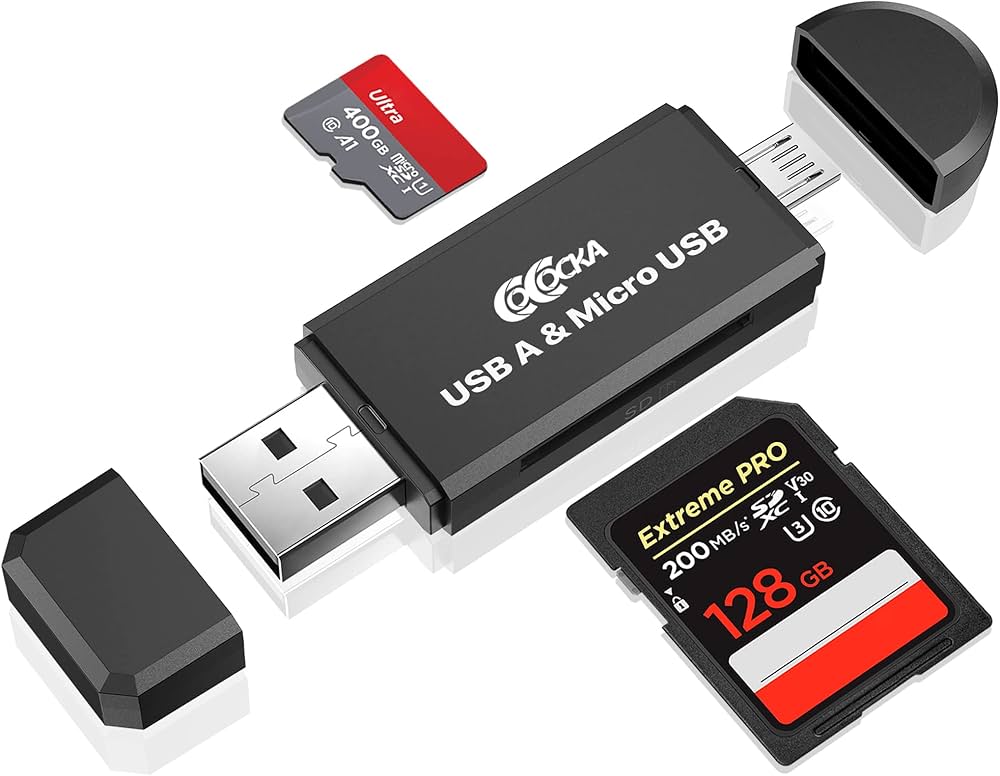
Turion Space Secures Contract for Innovative Debris-Capture Technology
In a significant stride towards addressing the urgent issue of space debris, Turion Space, a burgeoning startup based in Irvine, California, has been awarded a $1.9 million contract by SpaceWERX, the tech arm of the U.S. Space Force. This deal aims to bolster the development of an autonomous spacecraft docking and maneuvering system designed to engage with uncooperative space objects and aid in the deorbiting of defunct satellites.
 An innovative approach to satellite technology.
An innovative approach to satellite technology.
Addressing the Space Debris Crisis
The proliferation of space debris has reached alarming levels, posing risks to both operational satellites and the International Space Station. Ryan Westerdahl, co-founder and CEO of Turion, emphasizes that a deeper understanding of the space domain is crucial for avoiding collisions. He states, > “The space debris problem can be solved with a better understanding of where things are in the space domain so operational satellites can maneuver without regret to avoid collisions, and by removing large non-maneuverable objects.”
Turion’s commitment to enhancing in-space mobility stems from their recent launch of Droid.001, a 32-kilogram spacecraft designed for space situational awareness. Launched in June 2023, it now provides vital data integrated into the Space Force’s Unified Data Library, marking a pivotal moment for both the startup and the national security apparatus.
Vision for the Future
Looking ahead, Turion plans to stage a demonstration as early as 2026 with their Droid mothership, which will accommodate several “micro-Droid” satellites equipped with the innovative capturing devices currently under development. The micro-Droid satellites, with partial funding from NASA, will be deployed to utilize grapplers for capturing debris.
 Illustrative view of the micro-Droid technology.
Illustrative view of the micro-Droid technology.
Turion’s long-term ambition involves transitioning into a full-scale debris removal service, but for now, their focus remains on hosting payloads that enhance space domain awareness to generate a steady revenue stream. The company plans to roll out three payload hosting options: Droid Alpha Mini, Droid Alpha, and Droid Alpha Enhanced Mobility, the latter featuring advanced ion thrusters developed in partnership with Desert Works Propulsion, specialists in electric propulsion technology.
A Commitment to Innovation
Westerdahl reveals that Turion aims to launch 45 satellites annually by 2027, significantly enhancing their operational capacity. To date, the company has successfully raised nearly $20 million in venture capital, establishing a firm foundation for future advancements in satellite technology.
While these developments pave the way for improved satellite operations and debris management, they are not without challenges. The rapid evolution of technology and the unpredictable nature of space will demand that Turion maintain its innovative edge and adaptability.
Broader Implications of Space Technology
As Turion Space and its competitors race to make significant advancements in space technology, it’s important for the industry to consider the broader implications of these innovations. The enhanced capabilities for engaging with space debris not only bolster national security but also unlock potential avenues for commercial space activities, including satellite servicing and transport.
Future satellite capabilities.
The Market Reaction
Interest in technological advancements within the space sector mirrors trends seen in various other industries. For instance, the recent fluctuations of Trump Media & Technology Group Corp (NASDAQ: DJT) stock reflect an inherent volatility common in tech markets today. After a tumultuous Friday post U.S. presidential debates, the stock rebounded briefly but remains indicative of broader market trends that connect political narratives and stock performance.
Investors closely watch emerging technologies and their respective companies, with speculative tendencies reminiscent of meme stocks such as GameStop. The intermittent performance of TMTG stock serves as a reminder of the fragility and dynamism inherent in investment behaviors tied to technology and media.
Technological Convergence
Moreover, as emphasized in other sectors, the rise of 5G technology is reshaping communication capabilities across platforms. The Naval Information Warfare Center (NIWC) Atlantic has successfully developed and tested 5G capabilities specific to naval applications, priming U.S. Navy ships for enhanced communication and operational efficiency. This endeavor aims to boost the quality of service for sailors, integrating civilian technologies into military applications, thereby showcasing a convergence of commercial and defense technologies.
“5G implementation will help ensure better overall QoS in part due to its more advanced security and performance,” noted Kevin Thompson, a senior engineer at NIWC Atlantic, reflecting the ethos of these technological advancements.
5G technology enhancing naval operations.
Conclusion
As private and public sectors alike strive to pioneer technological advancements, the implications stretch far beyond the immediate concerns of operational efficiency and defense. The innovations put forth by firms like Turion Space highlight a growing commitment to addressing pressing challenges in space, from debris capture to improved situational awareness that benefits both military and commercial applications.
With burgeoning investments and technological developments on the horizon, the future of space operations is poised for transformation—one that is increasingly necessary in our rapidly developing world.
Related Technologies and Future Developments
Stay tuned as innovations continue to emerge. Navigating the complexities of technology adoption, whether in the field of space traffic management or communication advancements, remains a critical frontier in the quest for sustainable and secure operations in our ever-evolving technological landscape.











